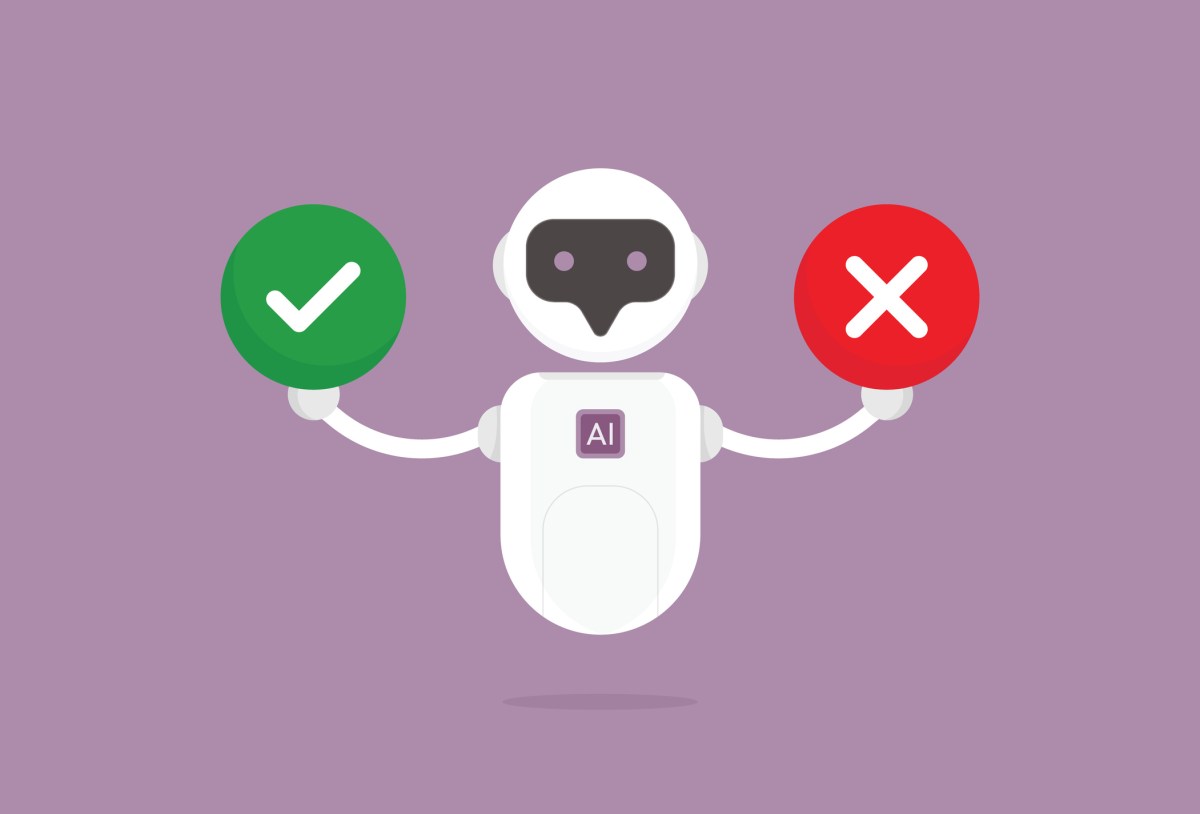As companies, large and small, layer on generative AI features, they could struggle to find a pricing scheme that balances value and cost.
© 2023 TechCrunch. All rights reserved. For personal use only.
In October, Box unveiled a new pricing approach for the company’s generative AI features. Instead of a flat rate, the company designed a unique consumption-based model.
Each user gets 20 credits per month, good for any number of AI tasks that add up to 20 events, with each task charged a single credit. After that, people can dip into a company pool of 2,000 additional credits. If the customer surpasses that, it would be time to have a conversation with a salesperson about buying additional credits.
Box CEO Aaron Levie explained that this approach provides a way to charge based on usage with the understanding that some users would take advantage of the AI features more than others, while also accounting for the cost of using the OpenAI API, which the company is using for its underlying large language model.
Meanwhile, Microsoft has chosen a more traditional pricing model, announcing in November that it would charge $30 per user per month to use its Copilot features, over and above the cost of a normal monthly Office 365 subscription, which varies by customer.
While it became clear throughout last year that enterprise software companies would be building generative AI features, at a panel on generative AI’s impact on SaaS companies at Web Summit in November, Christine Spang, co-founder and CTO at Nylas, a communications API startup, and Manny Medina, CEO at sales enablement platform Outreach, spoke about the challenges that SaaS companies face as they implement these features.
Spang says, for starters, that in spite of the hype, generative AI is clearly a big leap forward, and software companies need to look for ways to incorporate it into their products. “I’m not going to say it’s like 10 out of 10 where the hype meets the [current] reality, but I do think there is real value there and what’s really going to make the difference is how people take the technology and connect it to other systems, other apps and sort of drive real value in different use cases with it,” she said.

Leave a Reply